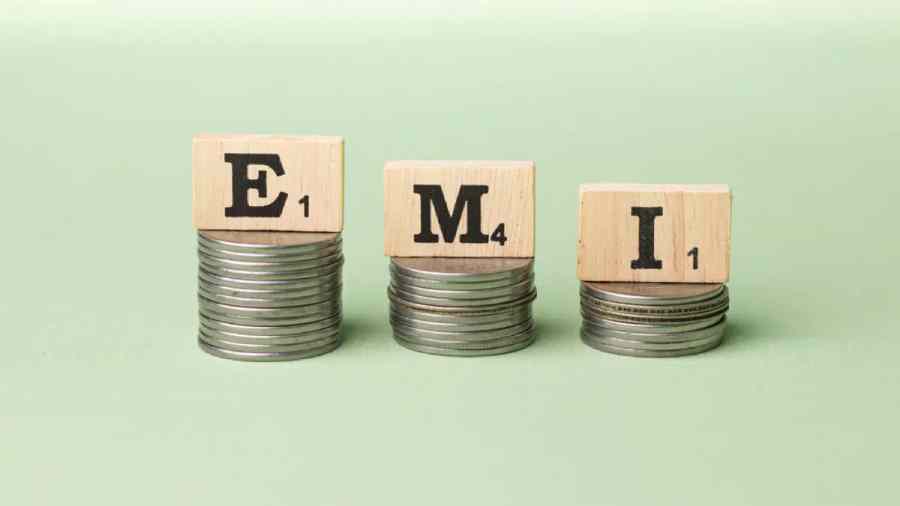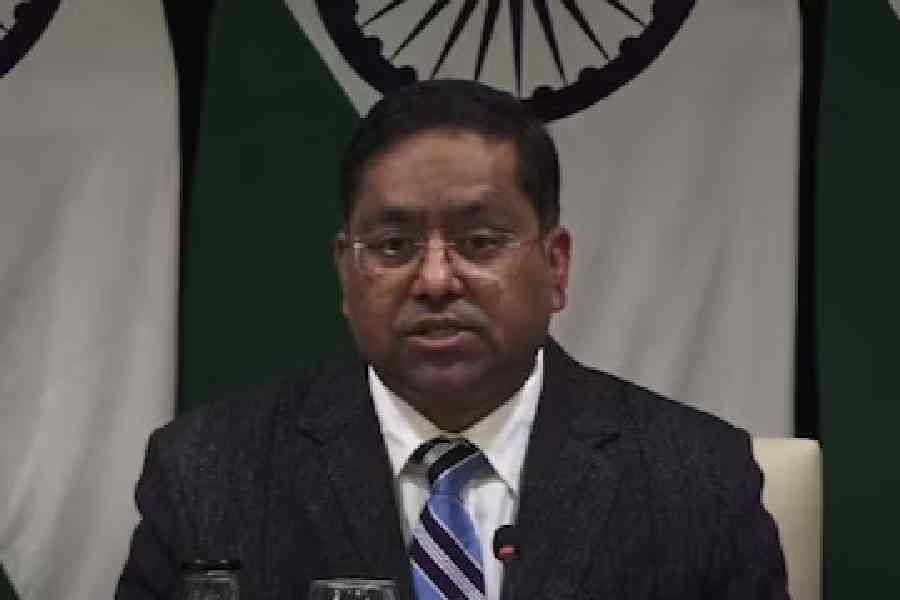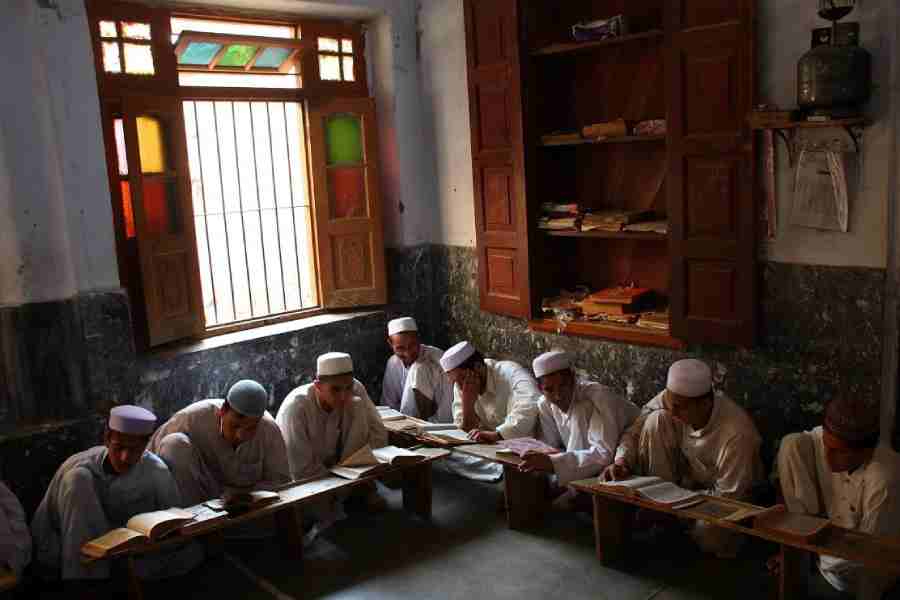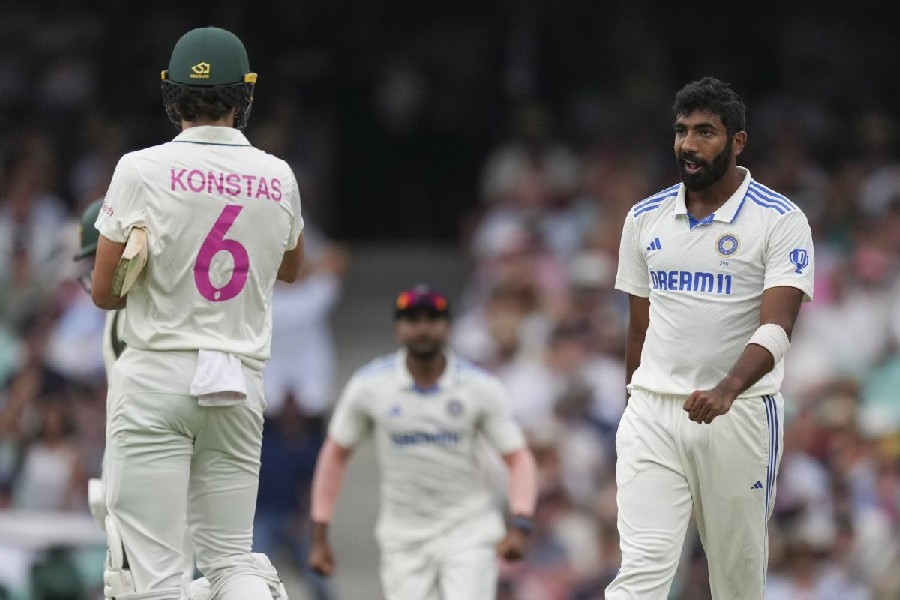It’s bad news for borrowers and good news for savers. The central bank has hiked its key lending rate to a three-year high in an attempt to curb stubborn inflation. It’s also once again reduced its economic growth forecast.
This time, the Reserve Bank of India’s monetary policy committee increased its leading interest rate by half a percentage point to 5.90 per cent. The 5-to-1 decision marked the fourth straight rate rise aimed at cooling inflation which has been running above the bank’s 6-per-cent upper tolerance limit for eight months.
While shaving India’s growth forecast to 7.0 per cent from 7.2 per cent, the bank delivered assurances it’s mounting a “calibrated action” in a bid to protect the domestic economic growth amid worries about a worldwide recession.
So far, the bank has raised rates by 1.9 percentage points since May. Analysts expect another increase in December. That hike, though, is forecast to be by a smaller 35 basis points.
“We expect the monetary policy committee to hike 35 basis points in the December policy (meeting),” said Kotak Mahindra Bank chief economist Upasna Bhardwaj.
“However, with inflation expected to fall within the 6 per cent threshold in the fourth-quarter of 2022-2023, we expect the committee (then) to probably pause and assess the lagged impact of monetary tightening," he said. Analysts say the rate hiking cycle could peak at 6.5 per cent but may go higher.
Inflation cannot be allowed to ‘linger’
Reserve Bank Governor Shaktikanta Das stressed at a videoed news conference the importance of taming price rises. Inflation accelerated to 7 per cent in August, propelled by an increase in food costs. Inflation has been riding above the central bank’s 6-per-cent ceiling for eight straight months.
“If high inflation is allowed to linger, it invariably triggers second-order effects,” said Das who held to the bank's forecast that inflation would average 6.7 per cent for the year.
Das promised the bank would “remain alert and nimble” in its response to local and global economic risks.
Aggressive monetary tightening
World financial markets have been reeling from aggressive monetary tightening by central banks, the pandemic and Russia’s escalating war against Ukraine.
"There is nervousness in the financial market,” Das said. “Nervous investor sentiment has triggered a flight-to-safety, and several emerging economy currencies face sharp depreciation,” he added.
But Das delivered a reassuring message on the domestic economy, saying “economic activity in India remains stable as high-frequency data for the September quarter indicates economic activities remain resilient (and) private consumption is picking up.”
India in better shape
Economists also noted India’s inflation outlook was relatively better than other global economies. “We are in a much better position compared to all the other major global economies which are still struggling with high inflation and falling behind the curve,” said Apurva Sheth, Head of Market Perspectives at Samco Securities.
The bank has spent more than $100 billion smoothing the rupee’s decline against the super-charged dollar, bringing foreign reserves down to their lowest level in two years. But Das said the exchange coffers, needed to cover imports and meet other contingencies, remained “robust.”
The bank has been seeking to smooth the descent of the rupee in the face of a determined rate-hiking drive by the US Federal Reserve to beat down inflation which is at four-decade highs.
The Federal Reserve last week increased interest rates by three-quarters of a percentage point for a third consecutive time and signaled borrowing costs would keep climbing this year even though that will likely tip the US into recession.
Fed hikes make life harder for the rupee
The Fed rate increase piled more pressure on the Indian currency which hit an all-time low of Rs 81.94 to the dollar this week amid a worldwide investor flight to US safe-haven assets. It has lost over 9 per cent this calendar year and analysts say the Indian currency’s breach of the psychologically important Rs 80 to the dollar mark opens room for further weakness. The rupee was trading steady at 81.54 to the dollar after the rate increase.
“Shifts in the global policy environment have weakened sentiment considerably,” said Radhika Rao, senior economist at DBS Bank. That’s “been negative for currencies, complicating the policymakers' inflation fight," she said.
Analysts say the rate hiking cycle could peak at 6.5 per cent. “But interest differentials also matter and cannot be ignored, particularly when the Fed remains in the midst of an aggressive rate-hike cycle," Deutsche Bank noted.












